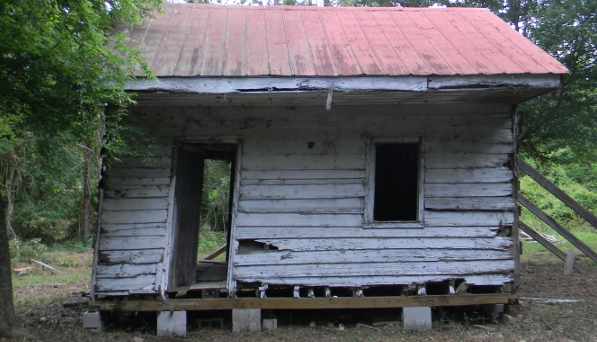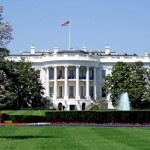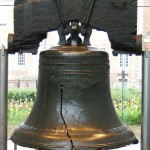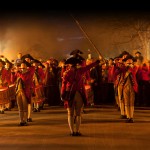A Lesson Plan for Visiting D.C.’s New African-American Museum

Point of Pines Slave Cabin, now on display at the Smithsonian National Museum of African American History and Culture – Courtesy Collection of the Smithsonian NMAAHC, Gift of The Edisto Island Historic Preservation Society
The math is daunting: A school group planning to visit the National Museum of African American History and Culture as part of a trip to Washington, D.C., has about two hours to spend there. The new museum features 12 galleries with 3,000 objects on display over 85,000 square feet. And there will be crowds.
So how do you create a memorable and educational event for school groups at the African-American museum? With a lesson plan, of course.
The NMAAHC is no place to walk and gawk if on a tight schedule. Indeed, you could spend weeks discussing the National Mall’s 17th and newest Smithsonian museum.
So we’ve combed through the extensive collection and created a brief outline of displays intended to launch long discussions. Perhaps students can review the plan before arriving so seeing each item becomes an affirmation of the lessons.
Here’s our quick outline:
1. Slavery
- The Cabin: Visit the cabin from Edisto Island, S.C. to see the brutal housing conditions faced by slaves.
- Badges: When slave owners in the urban South rented out their slaves as day laborers, the slaves wore badges as a sort of license and identification.
- Sale Papers: The deed-of-sale papers vividly demonstrate that human beings were sold like property is today.
2. Segregation
- Lives in Pieces: Ten pieces of the shattered stained glass window from the bombing of the 16th Street Baptist Church in Birmingham, Ala. on Sept. 18, 1963. The shards were kept by a passerby to remember four children killed by segregationists. The bombing became a turning point of the Civil Rights Movement.
- Negro Motorist Green Book: African Americans traveling in the segregated South used the “Green Book” to find lodging, restaurants, clubs and beauty salons that would serve black customers.
- Signage – “Whites Only”: A sign from a railroad station waiting room makes it clear that African Americans were not welcome.
3. Music
- Felt Hat Worn by Bo Diddley: The R&B singer and guitarist was known for a signature beat that became part of the bedrock of rock and roll and hip-hop. The hat is a testament to his unique style.
- B.B. King and Elvis Photo: King was a renowned blues singer whose guitar “Lucille” was beloved by followers. Presley’s gyrations while performing shook the music world in the 1950s, and many say his moves had African-American roots.
- Will Calhoun’s Snare Drum: Who is Will Calhoun? He won two Grammy Awards with Living Colour, a band that combined funk with heavy metal and hard rock to create a sound still heard today.
4. Military
- Tuskegee Airmen Congressional Gold Medal: Honoring the 332nd Fighter Group and the 477th Bombardment Group of World War II. They were the first African-American pilots in Air Force history.
- Lawrence McVey’s French Croix de Guerre Medal: France gave this award in 1918 to McVey, a member of the 369 Infantry dubbed “The Harlem Hellfighters.”
- Cornelius Charlton’s Purple Heart: Charlton, known as the “Hero of Hill 543” in the Korean War, was the 87th African American to receive the Congressional Medal of Honor.
5. Political Buttons
- Stop Lynching: Part of the 1960s campaign to stop racially-motivated lynchings in the South. There were 4,075 lynchings between Reconstruction and World War II.
- We Shall Overcome: The title of a hymn often sang as part of the Civil Rights movement. Protesters and others fighting for their cause continue to use the song today.
- Elect President Obama: The museum features a large collection of Obama campaign buttons, highlighting the first African American to be elected president.
Julian Tours has produced a free, downloadable guide for educators and others planning a group visit to the new National Museum of African American History and Culture in Washington, D.C. Click below for more information:





